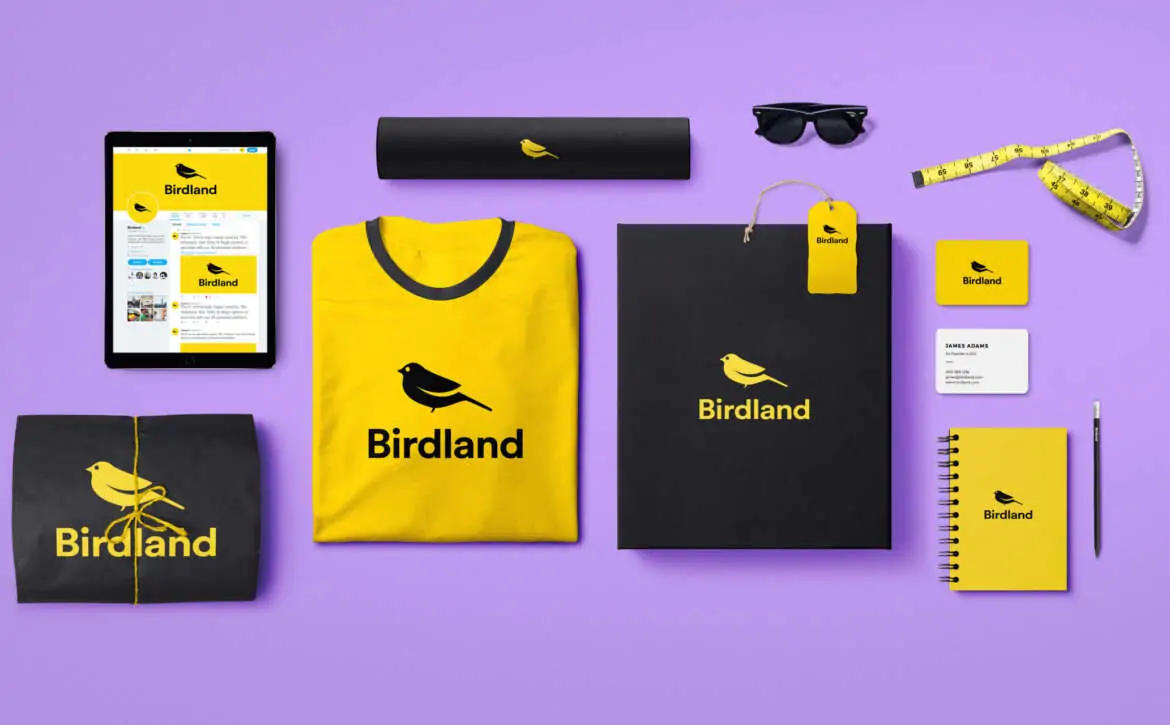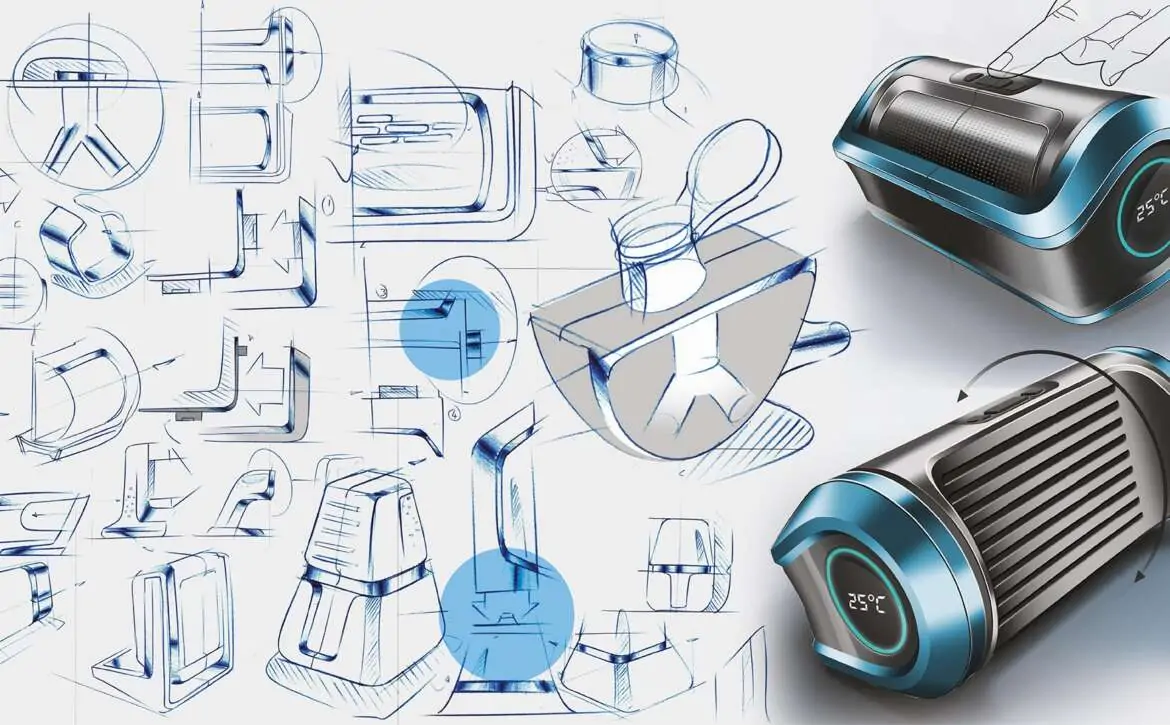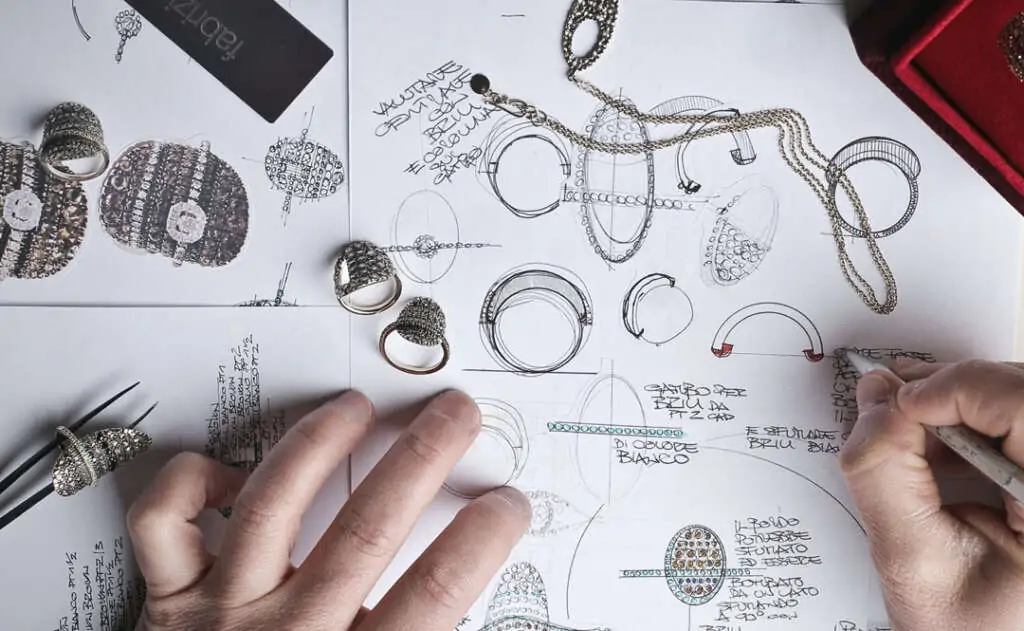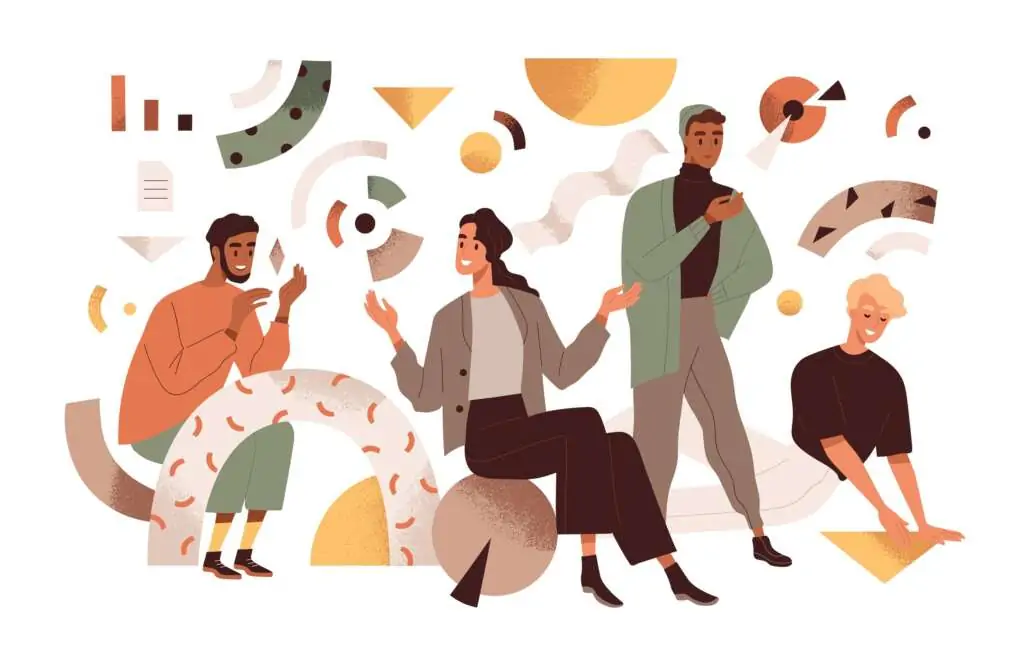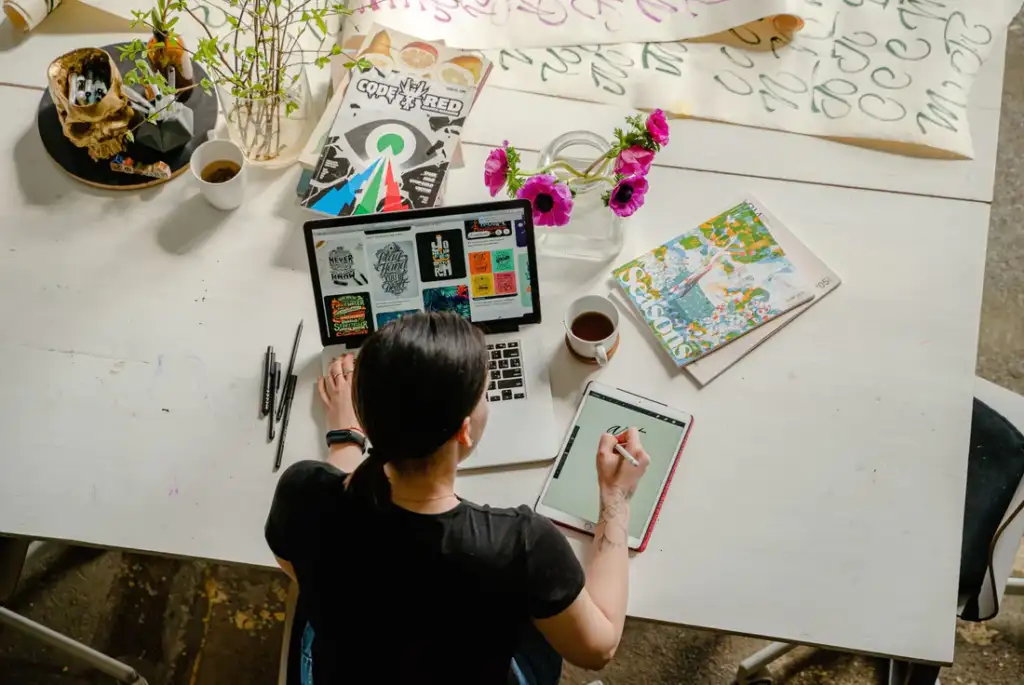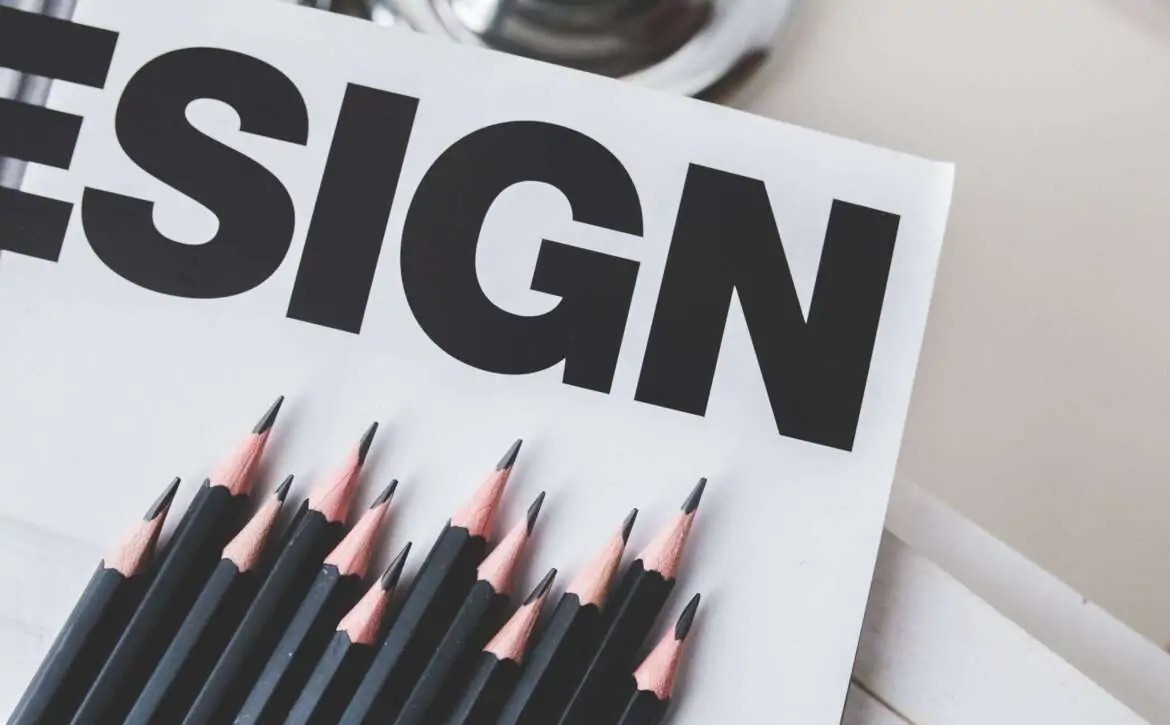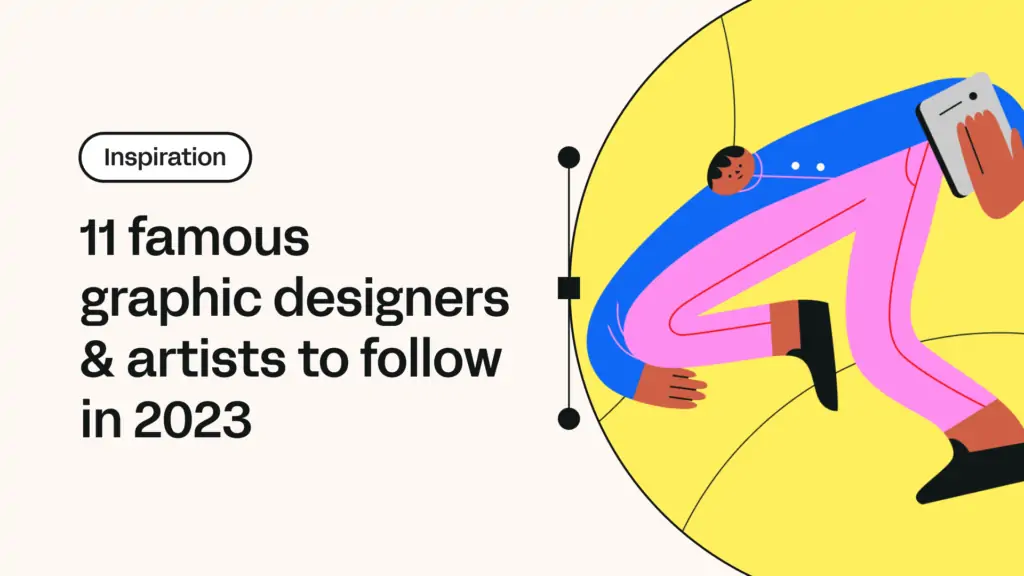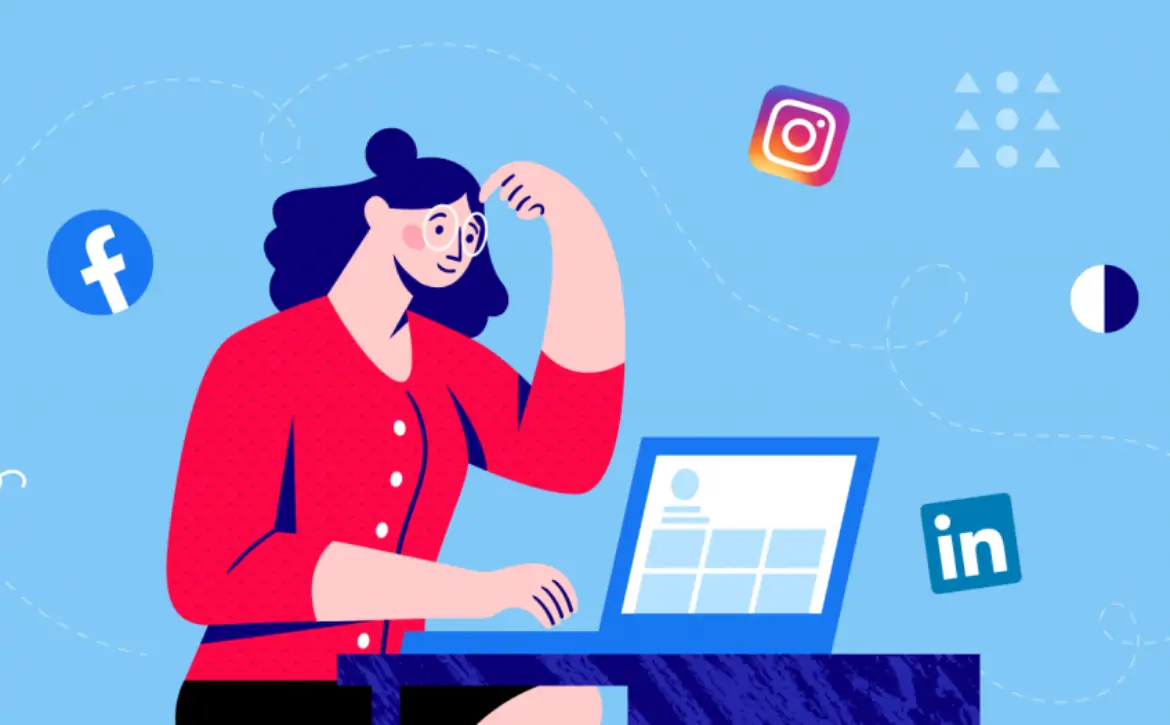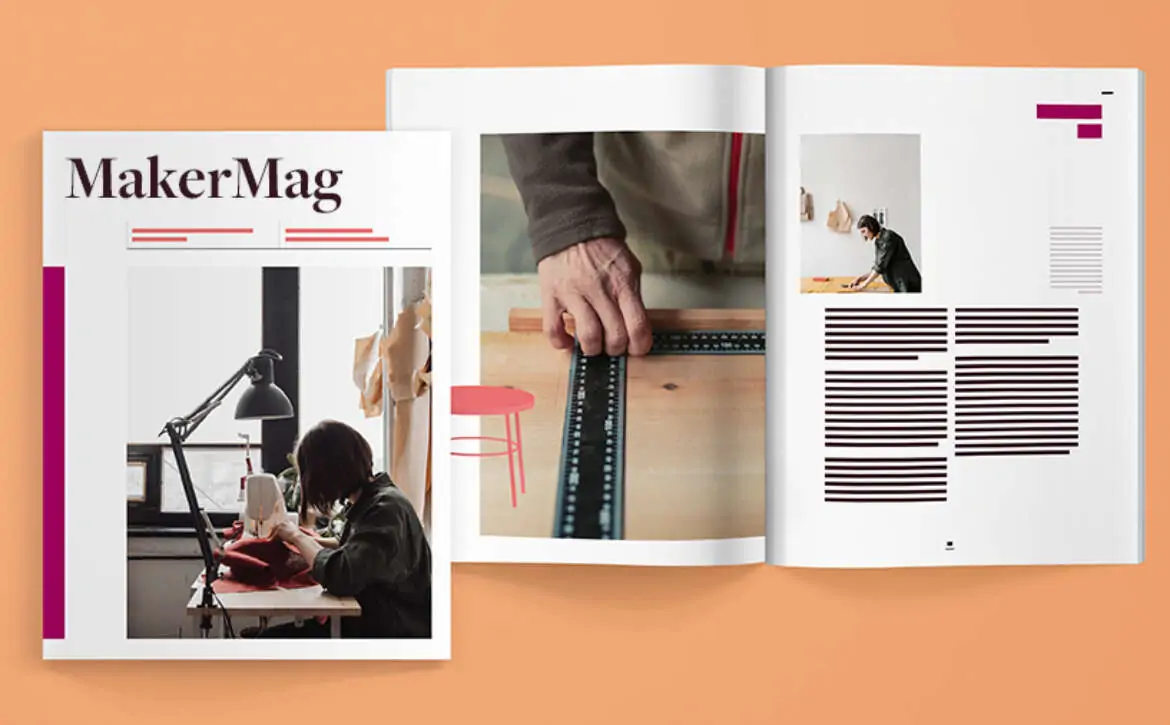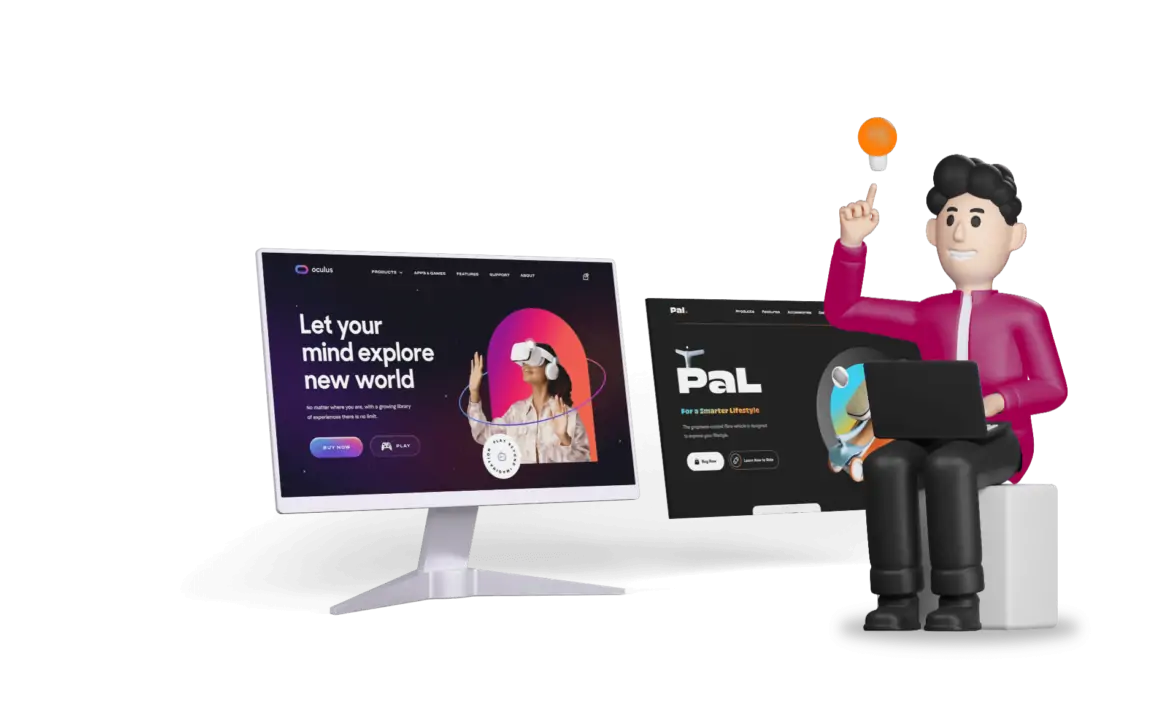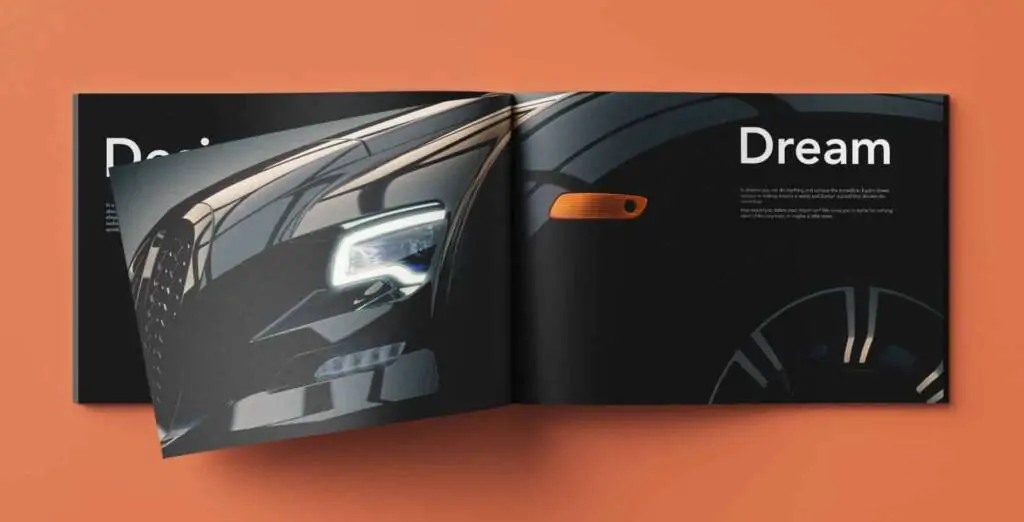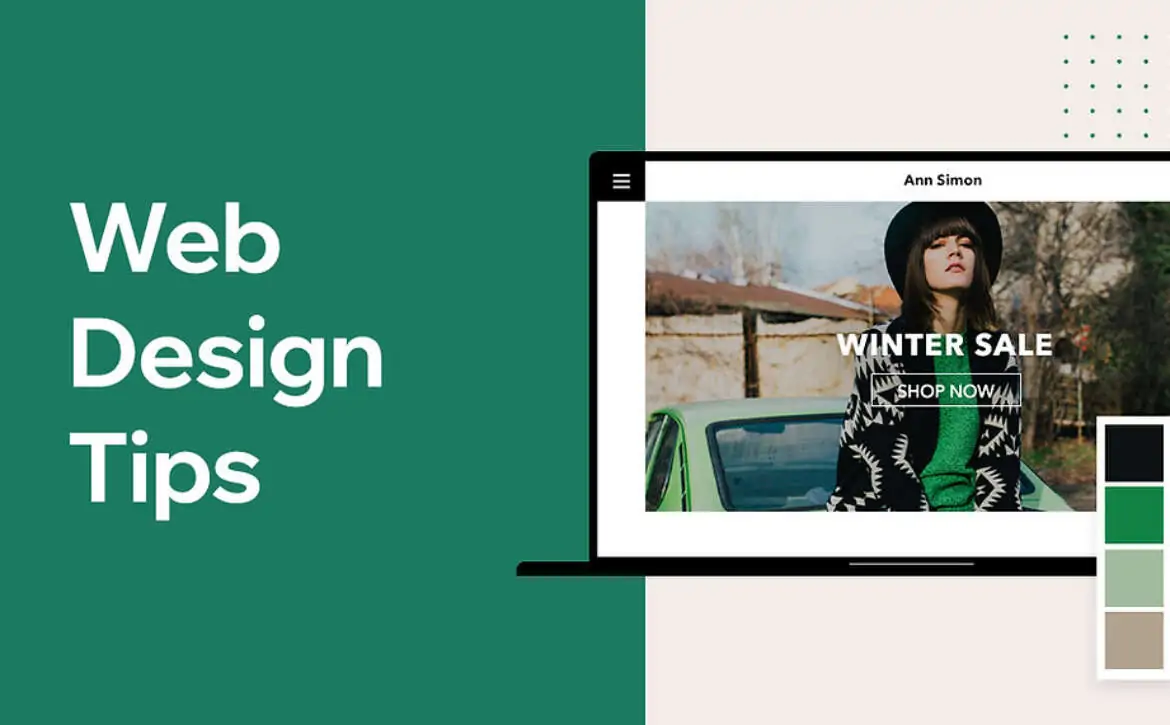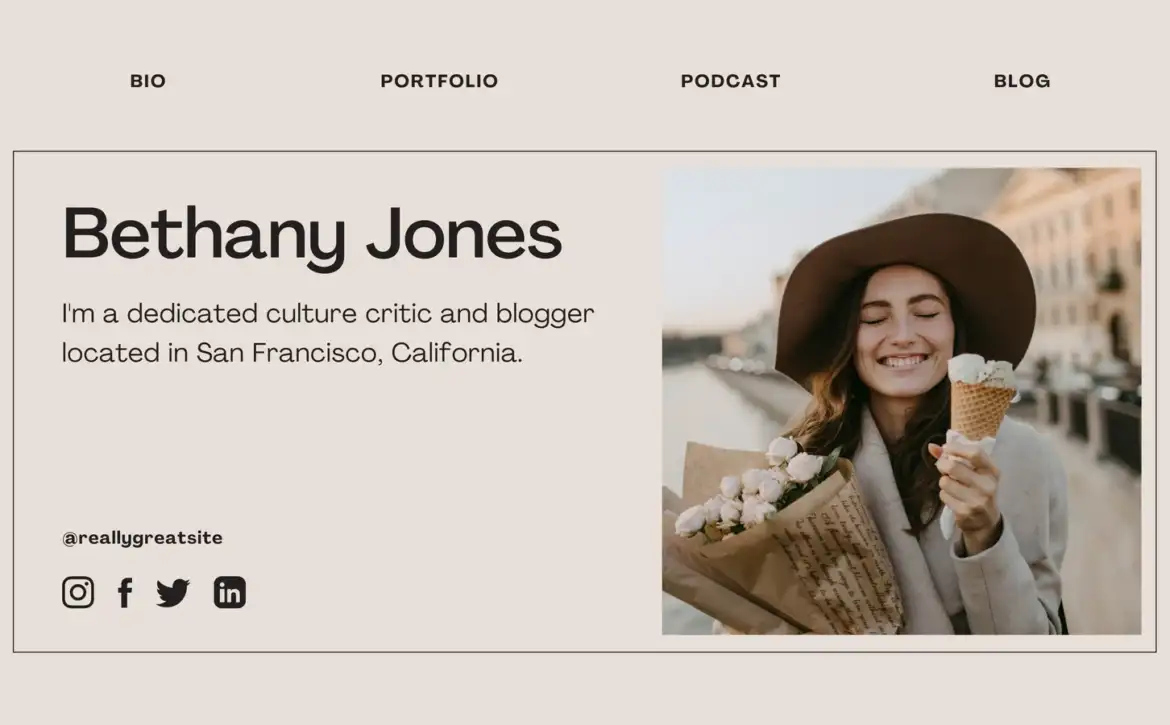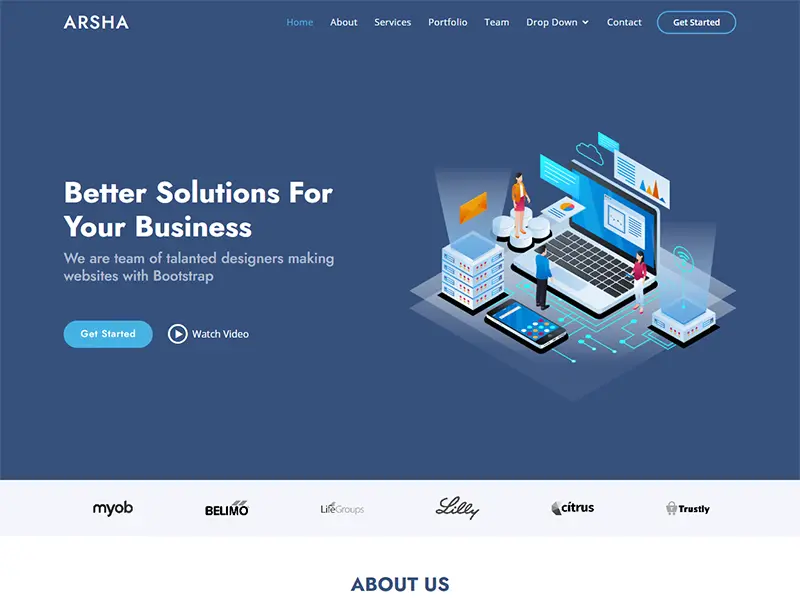Navigating Success Through Brand Identity Design Strategies
In the dynamic realm of business, a strong brand identity design is a cornerstone of success. It goes beyond a mere logo; it encapsulates the essence of your brand and communicates it to the world. Whether you’re launching a new venture or looking to revamp your existing brand, this comprehensive guide will walk you through the intricacies of crafting an impactful brand identity.
Define Your Brand Personality and Values:
Before diving into design elements, clearly articulate your brand’s personality and values. Consider adjectives that describe your brand—Is it modern or traditional? Playful or serious? These descriptors will guide design decisions.
“In an era of severe competition, a well-defined brand identity design is critical to distinctiveness and success. It’s a strategic investment, not merely a cosmetic feature, that can help your company grow and reach its full potential.”
– Michael Brown, CEO
Conduct Market Research:
Understand your target audience and competitors. Analyze successful brands in your industry to identify trends and differentiators. This research will inform your design choices and help you stand out in a crowded market.
Create a Unique and Memorable Logo:
Your logo is the visual face of your brand. Design a logo that is not only visually appealing but also conveys your brand’s identity. Consider simplicity, versatility, and timeless design principles to ensure longevity.

Select a Distinctive Color Palette:
Colors are the catalysts for changing emotions and have a significant influence on brand perception. Choose a color palette that resonates with your brand personality and is visually appealing to your target audience. Ensure consistency in color usage across all brand materials.
Typography Matters:
Select fonts that align with your brand’s personality. Establish a hierarchy of fonts for different purposes, maintaining readability and cohesiveness. Consistent typography contributes to a professional and polished brand image.
Define Imagery and Photography Style:
Craft guidelines for the style of images associated with your brand. Whether it’s the use of specific filters, photo compositions, or illustration styles, ensure consistency to reinforce your brand’s visual language.
Incorporate Graphic Elements:
Introduce consistent graphic elements or patterns that enhance your brand’s visual identity. These elements can be applied across various materials to create a cohesive and recognizable brand presence.
Develop Brand Guidelines:
Document all design elements and rules for their usage in comprehensive brand guidelines. This document serves as a reference for anyone working with your brand, maintaining consistency in visuals and messaging.
Create Branded Stationery:
Extend your brand identity to tangible items like business cards, letterheads, and envelopes. Consistent stationery design reinforces your brand every time you engage in correspondence.
Consider Packaging Design:
If your brand involves physical products, invest in thoughtful packaging design. This adds a tactile dimension to your brand and creates a memorable unboxing experience for customers.
Ensure Consistency Across Platforms:
Whether it’s your website, social media, or physical materials, maintain visual consistency. Consistent branding fosters trust and recognition, enhancing the overall impact of your brand.
Seek Professional Design Help if Needed:
If design is not your forte, consider hiring a professional graphic designer. Their expertise can elevate your brand identity and ensure a polished and visually appealing representation.
Gather Feedback and Iterate:
Before finalizing your brand identity, seek feedback from trusted individuals or focus groups. Use this feedback to refine and iterate on your designs, ensuring they resonate with your intended audience.
“Brand identity design extends beyond aesthetics. It’s about capturing your brand’s essence and producing a story that connects with your target audience. This is the foundation for creating long-term connections and developing brand loyalty.”
– Emily Garcia, the Creative Director

Implement and Monitor:
Once your brand identity is established, implement it across all touchpoints. Regularly monitor its effectiveness and be open to adjustments as your brand evolves or as market trends shift.
Evolve with your brand:
As your business grows and evolves, so too will your brand identity. Be open to reassessing and refining elements to ensure they remain aligned with your brand’s values and goals.
Crafting an impactful brand identity design is an ongoing process that requires thoughtful consideration and adaptation. By following these steps and infusing your brand with authenticity, you’ll create a visual identity that resonates with your audience, fosters recognition and leaves a lasting impression in the competitive business landscape. Remember, your brand identity is not just about aesthetics; it’s about telling a compelling story and building lasting connections with your audience.


